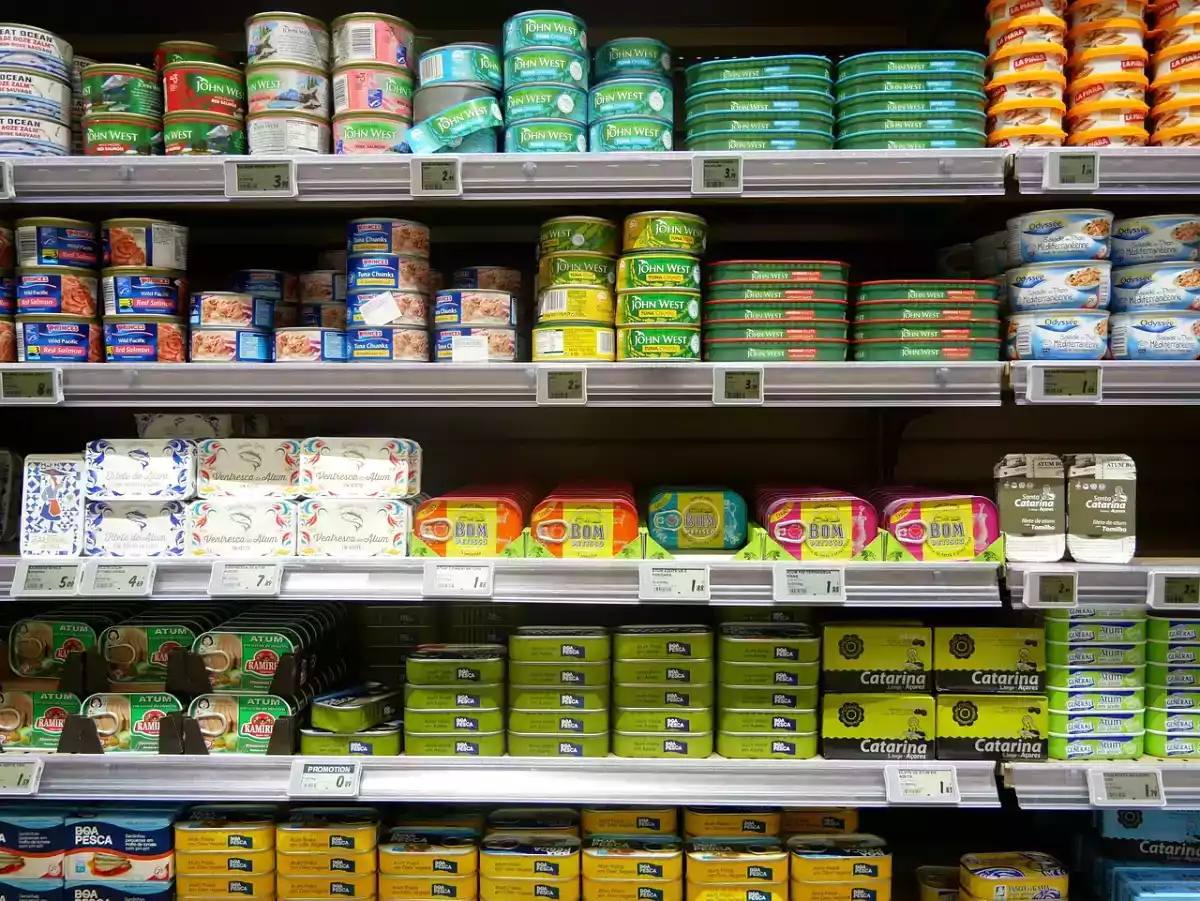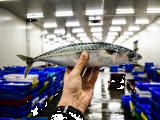Mercury in tuna cans: why this everyday product could be harmful to your health!

For many of us, eating canned tuna is part of our daily routine. Convenient, quick and rich in protein, it seems a perfect ally for balanced meals... until we discover the other side of the coin. Two NGOs, Bloom and Foodwatch, recently published an edifying report that seriously calls into question our confidence in this product: 100% of tuna cans tested in Europe contain mercury. Yes, you read that right, mercury, the heavy metal classified by the World Health Organization (WHO) as one of the substances of greatest concern for human health... Find out more!
A public health problem
Why is mercury so dangerous? Present in the atmospheric deposits of certain industries, it ends up in the ocean. There, it is transformed into methylmercury, an even more toxic version, which accumulates in fish. The effects of methylmercury on human health are worrying: neurological disorders, impacts on cognitive development... Simply eating canned tuna could therefore present a serious risk.
Safety standards criticized
What's particularly shocking in this case is the tolerance applied to tuna. While the mercury limit for other fish is set at 0.3 mg/kg, the limit for tuna is three times higher. Why such a difference? According to the NGOs, it's an economic compromise: to allow the sale of 95% of available tuna, despite its high level of contamination. The associations denounce this standard which, instead of protecting consumers, seems to be there to support the tuna market. As Foodwatch puts it: "You can't trust a standard that doesn't protect health."
What's the alternative for consumers?
Consumers today find themselves in a complex situation. Should they avoid canned tuna? Should they look for safer options? While the most obvious alternative is to limit tuna consumption, NGOs believe that supermarkets and manufacturers must also take responsibility for ensuring that their products meet the strictest thresholds.
This article aims to inform without excessive alarmism, but it is clear that greater transparency and stricter regulations are needed to protect public health. For an informed choice, don't hesitate to find out about the analyses available and to vary the protein sources in your diet.
You may be interested in:
 Adèle Peyches
Adèle Peyches

Comments